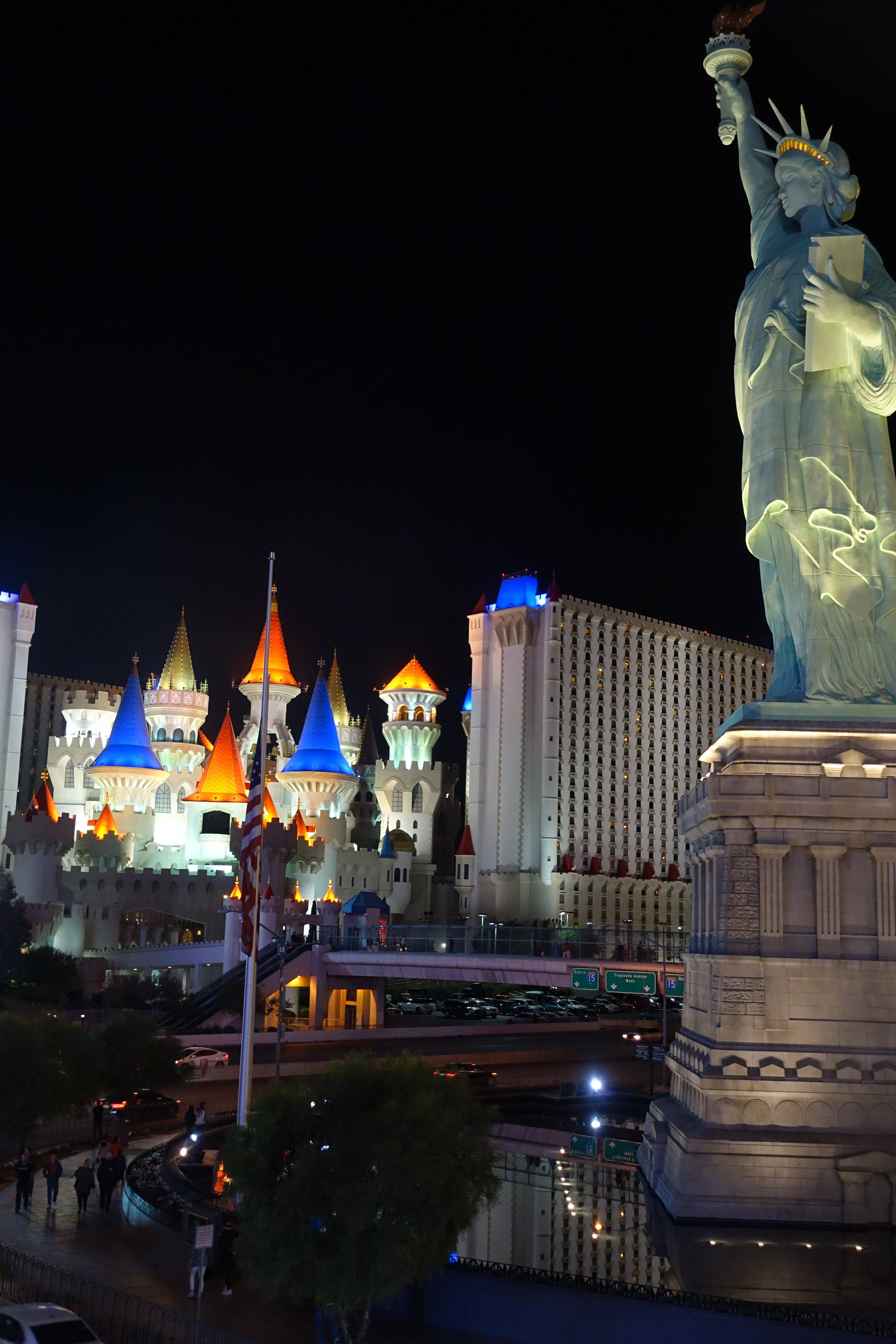I have finished reading Andrea Wulf’s The Invention of Nature: Alexander von Humboldt’s New World . If you’re more familiar with Humboldt’s work than his life, there is a lot of material that will be new to you. Here are some examples:
. If you’re more familiar with Humboldt’s work than his life, there is a lot of material that will be new to you. Here are some examples:
despite their privileged upbringing, Alexander and his older brother, Wilhelm, had an unhappy childhood. Their beloved father died suddenly when Alexander was nine and their mother never showed her sons much affection. Where their father had been charming and friendly, their mother was formal, cold and emotionally distant. Instead of maternal warmth, she provided the best education then available in Prussia, arranging for the two boys to be privately tutored by a string of Enlightenment thinkers who instilled in them a love of truth, liberty and knowledge.
It was particularly difficult for Alexander who was taught the same lessons as his precocious brother, despite being two years younger. The result was that he believed himself to be less talented. When Wilhelm excelled in Latin and Greek, Alexander felt incompetent and slow. He struggled so much, Alexander later told a friend, that his tutors ‘were doubtful whether even ordinary powers of intelligence would ever be developed in him’.
During the summers their mother often stayed behind in Tegel, leaving the two young brothers with their tutors at the family’s house in Berlin
Humboldt was friends with Goethe and apparently social conventions were not unbreakable, at least for society’s headline figures:
In 1788, six years before Humboldt’s first visit, Goethe had shocked Weimar society one more time when he had taken the uneducated Christiane Vulpius as his lover. Christiane, who worked as a seamstress in Weimar, gave birth to their son August less than two years later. Ignoring convention and malicious gossip, Christiane and August lived with Goethe.
Wulf credits Humboldt with the idea of studying the environment as a whole and with concern for the effect of human actions on climate:
When nature is perceived as a web, its vulnerability also becomes obvious. Everything hangs together. If one thread is pulled, the whole tapestry may unravel. After he saw the devastating environmental effects of colonial plantations at Lake Valencia in Venezuela in 1800, Humboldt became the first scientist to talk about harmful human-induced climate change. Deforestation there had made the land barren, water levels of the lake were falling and with the disappearance of brushwood torrential rains had washed away the soils on the surrounding mountain slopes. Humboldt was the first to explain the forest’s ability to enrich the atmosphere with moisture and its cooling effect, as well as its importance for water retention and protection against soil erosion. He warned that humans were meddling with the climate and that this could have an unforeseeable impact on ‘future generations
It was here, at Lake Valencia, that Humboldt developed his idea of human-induced climate change.
“When forests are destroyed, as they are everywhere in America by the European planters, with an imprudent precipitation, the springs are entirely dried up, or become less abundant. The beds of the rivers, remaining dry during a part of the year, are converted into torrents, whenever great rains fall on the heights. The sward and moss disappearing with the brush-wood from the sides of the mountains, the waters falling in rain are no longer impeded in their course: and instead of slowly augmenting the level of the rivers by progressive filtrations, they furrow during heavy showers the sides of the hills, bear down the loosened soil, and form those sudden inundations, that devastate the country”
As a former mining inspector, Humboldt had a unique insight into the environmental and economic consequences of the exploitation of nature’s riches. He questioned Mexico’s dependence on cash crops and mining, for example, because it bound the country to fluctuating international market prices. ‘The only capital,’ he said, that ‘increases with time, consists in the produce of agriculture [note that the Industrial Revolution was raging all around Humboldt, thus illustrating how much easier it is to understand a period from the perspective of a historian!]
Humboldt was to some extent the Edward Tufte of his day:
They also discussed Humboldt’s invention of isotherms, the lines that we see on weather maps today and which connect different geographical points around the globe that are experiencing the same temperatures.
Until Humboldt’s isotherms, meteorological data had been collected in long tables of temperatures – endless lists of different geographical places and their climatic conditions which gave precise temperatures but were difficult to compare. Humboldt’s graphic visualization of the same data was as innovative as it was simple. Instead of confusing tables, one look at his isotherm map revealed a new world of patterns that hugged the earth in wavy belts. Humboldt believed that this was the foundation of what he called ‘vergleichende Klimatologie’ – comparative climatology. He was right, for today’s scientists still use them to understand and depict climate change and global warming. Isotherms enabled Humboldt, and those who followed, to look at patterns globally. Lyell utilized the concept to investigate geological changes in relation to climatic changes.
About half of the book is devoted to the effect of Humboldt’s work on other scientists and writers. It turned out that a lot of these folks believed the collapse of Planet Earth’s environment was imminent:
Man had long forgotten that the earth was not given to him for ‘consumption’. The produce of the earth was squandered, [George Perkins] Marsh argued, with wild cattle killed for their hides, ostriches for their feathers, elephants for their tusks and whales for their oil. Humans were responsible for the extinction of animals and plants, Marsh wrote in Man and Nature, while the unrestrained use of water was just another example of ruthless greed.2 Irrigation diminished great rivers, he said, and turned soils saline and infertile. Marsh’s vision of the future was bleak. If nothing changed, he believed, the planet would be reduced to a condition of ‘shattered surface, of climatic excess … perhaps even extinction of the [human] species’. He saw the American landscape magnified through what he had observed during his travels – from the overgrazed hills along the Bosporus near Constantinople to the barren mountain slopes in Greece. Great rivers, untamed woods and fertile meadows had disappeared. Europe’s land had been farmed into ‘a desolation almost as complete as that of the moon’. The Roman Empire had fallen, Marsh concluded, because the Romans had destroyed their forests and thereby the very soil that fed them. The Old World had to be the New World’s cautionary tale. At a time when the 1862 Homestead Act3 gave those who headed out to the American West 160 acres of land each for not much more than a filing fee, millions of acres of public lands were placed in private hands, waiting to be ‘improved’ by axe and plough. ‘Let us be wise,’ Marsh urged, and learn from the mistakes of ‘our older brethren!’ The consequences of man’s action were unforeseeable. ‘We can never know how wide a circle of disturbance we produce in the harmonies of nature when we throw the smallest pebble in the ocean of organic life,’ Marsh wrote. What he did know was that the moment ‘homo sapiens Europae’ had arrived in America, the damage had migrated from east to west. Others had come to similar conclusions. In the United States, James Madison had been the first to take up some of Humboldt’s ideas. Madison had met Humboldt in 1804, in Washington, DC, and later read many of his books. He had applied Humboldt’s observations from South America to the United States. In a widely circulated speech to the Agricultural Society in Albemarle, Virginia, in May 1818, a year after his retirement from the presidency, Madison had repeated Humboldt’s warnings about deforestation and highlighted the catastrophic effects of large-scale tobacco cultivation on Virginia’s once fertile soil. This speech carried the nucleus of American environmentalism. Nature, Madison had said, was not subservient to the use of man. Madison had called upon his fellow citizens to protect the environment but his warnings had been largely ignored.
Humboldt was the great apostle,’ Marsh had declared when he began Man and Nature. Throughout the book he referred to Humboldt but expanded his ideas. Where Humboldt’s warnings had been dispersed across his books – little nuggets of insight here and there but often lost in the broader context – Marsh now wove it all into one forceful argument. Page after page, Marsh talked about the evils of deforestation. He explained how forests protected the soil and natural springs. Once the forest was gone, the soil lay bare against winds, sun and rain. The earth would no longer be a sponge but a dust heap. As the soil was washed off, all goodness disappeared and ‘thus the earth is rendered no longer fit for the habitation of man’, Marsh concluded. It made for gloomy reading. The damage caused by just two or three generations was as disastrous, he said, as the eruption of a volcano or an earthquake. ‘We are,’ he warned prophetically, ‘breaking up the floor and wainscoting and doors and window frames of our dwelling.’ Marsh was telling Americans that they had to act now, before it was too late. ‘Prompt measures’ had to be taken because ‘the most serious fears are entertained’. Forests needed to be set aside and replanted. Some should be preserved as places of recreation, inspiration and habitat for flora and fauna – as an ‘inalienable property’ for all citizens. Other areas needed to be replanted and managed for a sustainable use of timber. ‘We have now felled forest enough,’ Marsh wrote.
So obsessed was [John] Muir that he even highlighted the pages that referred to Humboldt in his Darwin and Thoreau books. One topic that particularly fascinated Muir – as it had George Perkins Marsh – was Humboldt’s comments on deforestation and the ecological function of forests. As he observed the world around him, Muir realized that something had to be done. The country was changing. Every year Americans claimed an additional 15 million acres for fields. With the advent of steam-powered reapers, grain binder machines and combine harvesters that cut, threshed and cleaned grains mechanically, agriculture had become industrialized. The world seemed to spin faster and faster.
Oddly enough, it was the digging up of fossil fuels that interrupted the trend of complete planetary deforestation. Certainly these folks couldn’t have imagined the current levels of human population, energy consumption, and forestation. On the other hand, maybe they got the broad idea right but were wrong about the timing and final mechanism!
Full post, including comments 









